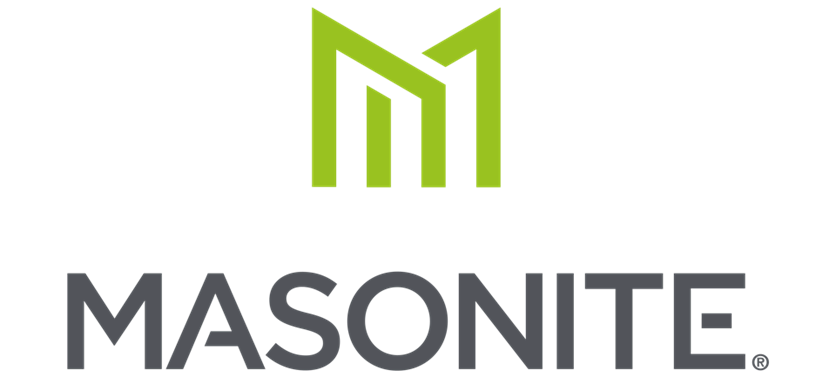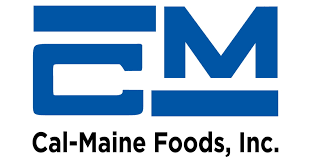2021 Spring Sector Reports
Sector Reports For MSU's SIA
Introduction
During the spring semester of 2021, I continued my work as a Portfolio Manager for Michigan State University’s Student Investment Association (SIA). As a Portfolio Manager, I aided Co-Portfolio Managers in the upkeep of the portfolio and prepared presentations to update SIA members on our current holdings. Located below are the sector reports for the spring semester of 2021.

Masonite International Recommendation
We look to hold a majority of our position in Masonite International while selling off a small portion of our holdings at the current share price of $119. We like Masonite International’s dominance in the wood door manufacturing industry. In upcoming years, we are still concerned with changes in mortgage rates and related tax changes. These pose a large threat to the overall profitability of Masonite International.
Investment Highlights
Fourth quarter net sales increased 16% from the previous year.
The increase in net sales resulted from an increase in unit price, base volume, and sale of components. The average unit price (AUP) increased 9%. Base volume increased 6% and the sale of components and other products increased by 1%.
North American Residential net sales saw a large increase of 26% from the previous year. Conversely, Architectural net sales continued to decline.
For the 4th quarter of 2020, North American Residential net sales were $453 million. AUP for this segment increased 12%. Sales of components and other products increased by 1%. Architectural net sales were only $77 million dollars which is a 10% decrease compared to the fourth quarter of 2019.
Selling, General, and administration costs increased due to several factors.
Higher personnel costs drove up selling, general, and admiration (SG&A) costs. SG&A costs increased by 23% compared to the fourth quarter of 2019. Personnel costs included a settlement of a U.S. class action litigation.

Cal-Maine Foods Recommendation
We look to hold our position in CALM. If the stock drops below $35.00 we look to add to our position. If the stock price surges to $43.00, we look to sell off a portion of our position. We like Cal-Maine’s dominance in the egg production industry due to medium and increasing barriers to entry. The industry in which Cal-Maine operates is also experiencing strong retail demand. However, we are still concerned with future feed prices and the low revenue growth the egg production industry experiences. We are also concerned with new cage free chicken regulations that will come into effect in the next few years.
Investment Highlights
Third quarter revenue went up by 3.4% compared to the previous year.
Net sales for the third fiscal quarter of 2021 were $359.1 Million. The CEO Dolph Baker was satisfied with earnings results and attributed increased sales to strong retail demand for shell eggs. Earnings was also impacted by the recovery of the food service industry. As COVID-19 restrictions have been lifted, the demand from the Food Service and Hospitality industry have recovered.
The total number of eggs produced in the third quarter was 3.3% less compared to the previous year.
The USDA reported that Cal-Maine had 327.4 million hens on March 1st, 2021. Although this is three million hens fewer than the previous year, the hatch between October 2020 and February 2021 was 2.6 percent larger than the previous period. The number of eggs in incubators is also up 20% in February compared to last year. These growing supply indicators and returning demand from the Food Service segment will impact market prices for shell eggs in the near future.
Demand for specialty egg sales remained favorable in the third fiscal quarter of 2021.
Sales for specialty eggs totaled $145.2 million dollars in the third fiscal quarter of 2021. Net sales for specialty eggs grew 16.2% compared to the same quarter last year. This growth in sales follows a trend of increased demand for specialty shell eggs by health-conscious consumers looking for inexpensive sources of protein.